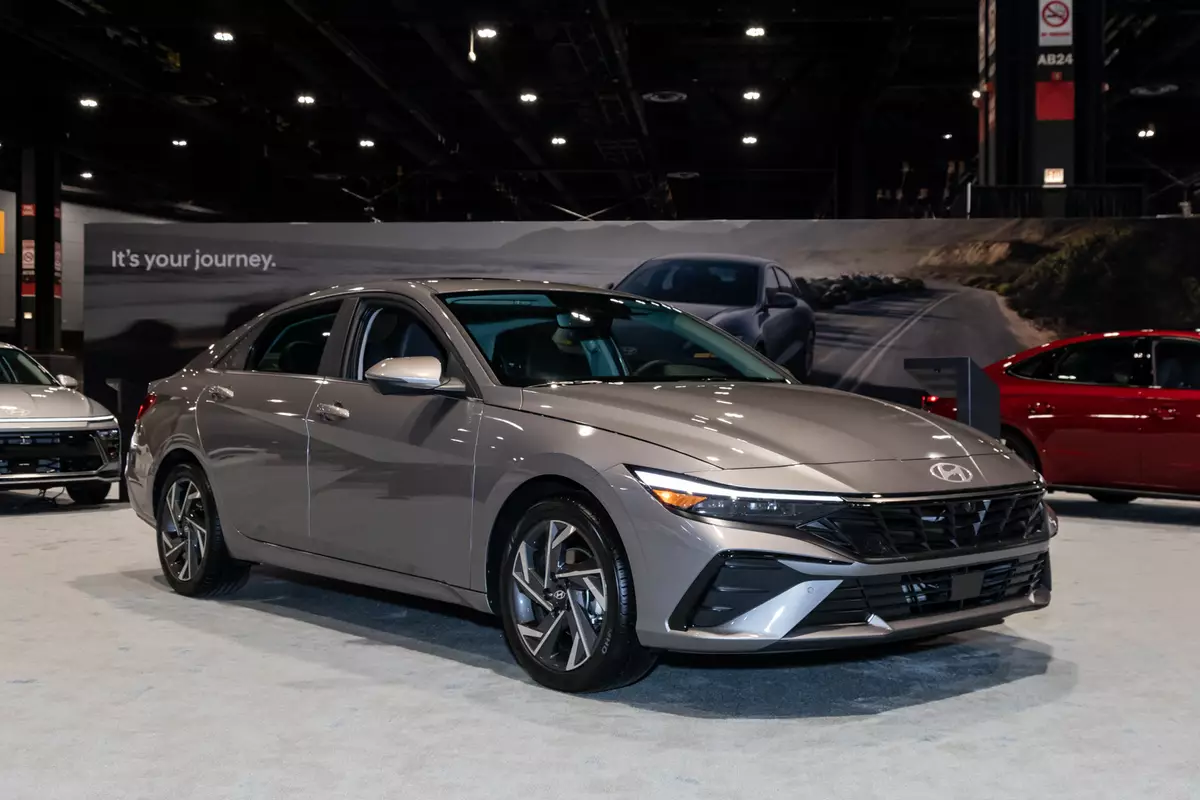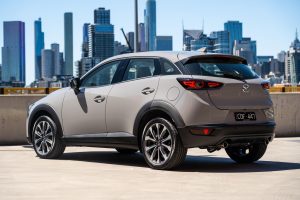- 6 May 2024
- 489
The Evolving Landscape of the American Driver

The open road has long been a symbol of American freedom, a ribbon of asphalt stretching towards opportunity and adventure. But for the American driver, cruising down that familiar highway is no longer quite the same. The landscape is undergoing a dramatic transformation, and gripping the wheel ever tighter won’t necessarily keep you in control. Let’s shift gears and explore the key trends reshaping the American driver’s experience.
Electric Avenues: A Shift in Power

The rumble of the internal combustion engine is slowly being replaced by a quiet hum, a sign of the undeniable rise of electric vehicles (EVs). Environmental concerns are pressing hard on the gas pedal, and with falling battery costs and increasing range, EVs are no longer relegated to the eco-conscious fringe. Automakers are pouring resources into developing sleek, powerful models, threatening the dominance of gasoline-powered vehicles. This presents a unique set of challenges for American drivers. Range anxiety, the fear of running out of juice before reaching a charging station, is a very real concern. Additionally, the current charging infrastructure resembles a patchwork quilt, creating a sense of unease for long-distance travel. However, significant investments are being made to expand the network, paving the way for a smoother electric future.
The Automation Age: Driver or Passenger?
Perhaps the most transformative development is the emergence of autonomous vehicles (AVs). The promise of a future where cars pilot themselves, freeing us to work, relax, or simply enjoy the ride, is both exhilarating and unnerving. While AV technology is making significant strides, technical and legal hurdles remain. Trust in these self-driving machines and clear regulations are crucial before we hand over the keys completely. The impact on the American driver could be profound. Millions of jobs in the trucking and taxi industries could be disrupted, while commuting could become a more productive or even relaxing experience. Imagine reclaiming those lost hours stuck in traffic!
Urban Evolution: Rethinking Car Culture
The American love affair with the car is facing a reality check, particularly in urban areas. Traffic congestion has become a permanent fixture, parking costs are skyrocketing, and a growing focus on walkable, bike-friendly cities is prompting a reevaluation of car dependence. Ride-sharing services like Uber and Lyft offer a convenient and often more affordable alternative, while public transportation systems, in some forward-thinking cities, are undergoing much-needed upgrades. This shift might lead to a future where car ownership becomes less essential, particularly for younger generations who prioritize experiences over possessions. Imagine a world where car ownership is a lifestyle choice, not a necessity for daily life.
Beyond the Horizon: A Driverless Future?
The future of the American driver is far from certain. New technologies, environmental concerns, and changing urban dynamics are all vying for control of the wheel. Will we become passive passengers in a world of self-driving cars, or will the open road continue to beckon, a place to experience the thrill of the drive and the freedom of the unknown? One thing is certain: the American driver’s experience is about to take a fascinating turn. This is just the starting point of the conversation. Stay tuned for further reports as we delve deeper into the evolving landscape of the American driver, from the impact on road rage (will it become a relic of the past as emotions simmer behind the wheel?) to the potential for increased leisure time spent cruising down scenic routes in self-driving vehicles (imagine a family road trip where parents can actually relax and enjoy the scenery!). We’ll also explore the potential social implications of a driverless future. How will it impact our sense of freedom and individuality? Will it exacerbate social inequalities, or will it create a more equitable transportation landscape? The road ahead may be less travelled, but it promises to be an exciting journey.

